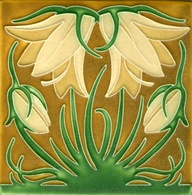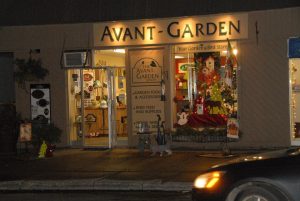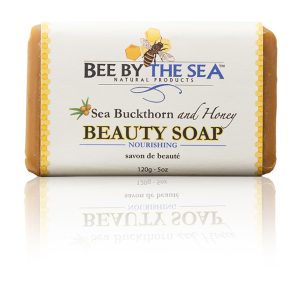CHEX Air date: Friday January 10th, 2014
Click here to view this episode of The Garden Gate.
We have been having some extremely cold weather conditions since late November this year. ?Ice storms, strong wind conditions and high snowfall mean food sources are covered. Birds need to eat almost constantly during the day to retain enough energy through our long winter nights. Here are a few things you can do to help.
 FOOD
FOOD
Keep feeders full. Birds are more attracted to feeders that are full. ?They can see the seed and then know that it’s worth their while to visit your restaurant.
Keep feeders clean. If seed gets frozen or some moisture gets into the feeder, the seed may not dispense properly or it may go moldy or rancid. Checking your feeders often and changing seed regularly is very important. ?If birds seem to be ignoring your feeders, it may be that the seed is bad or jammed inside the feeder.
Provide lots of peanuts for extra energy. Whether in the shell or out of the shell. Birds love peanuts! Peanuts are a favourite for Blue Jays, Woodpeckers, Nuthatches and Chickadees. Even cardinals like peanuts! Click this link to visit our website to see some peanut and suet feeders.
Suet is also an excellent food source through the winter. Make sure that you get good quality suet without filler such as cornmeal and millet.? Suet with cornmeal can get moldy easily as the cornmeal holds moisture. Avoid cornmeal. The more fat, peanuts and sunflower seeds the better!
 SHELTER
SHELTER
Besides food you can also provide shelter. We carry this roosting box. Birds will crowd together inside the roosting box to share energy. If you’re going to make a box yourself, it’s similar to a bird house, but there are no ventilation gaps. This allows the space to warm up as the birds huddle together.
Birds will also huddle together in the branches of coniferous trees like spruce, pine and cedar. Plant coniferous trees next spring and put your feeders close by so the birds can go back and forth between the tree and the feeder.
Note: Cardinals love cedar trees!
 WATER
WATER
Heated bird baths are great in the winter. They keep the water just above freezing and birds flock to this easily accessible water source. You don’t need to worry if they bathe, because their feathers will move the water away from their bodies. They need to keep their feathers clean of dust, dirt and insects. ?Their bodies are also warm so the water evaporates before it can freeze. It?s important to keep birds well fed so they are generating energy to help keep their body temp up.
Birds can melt snow in their mouths, but it takes a lot of extra energy to do that, so they prefer and open water source. If there is no other open water source near you, you’ll be surprised at how many birds you’ll see at your bath!
 Not everyone is a fan of bats. ?But bats eat 1000’s of mosquitoes everyday and should be encouraged in our gardens and yards. ?You can put up bats houses to attract them. We carry a few styles made locally by Animal House Creations.?
Not everyone is a fan of bats. ?But bats eat 1000’s of mosquitoes everyday and should be encouraged in our gardens and yards. ?You can put up bats houses to attract them. We carry a few styles made locally by Animal House Creations.?












